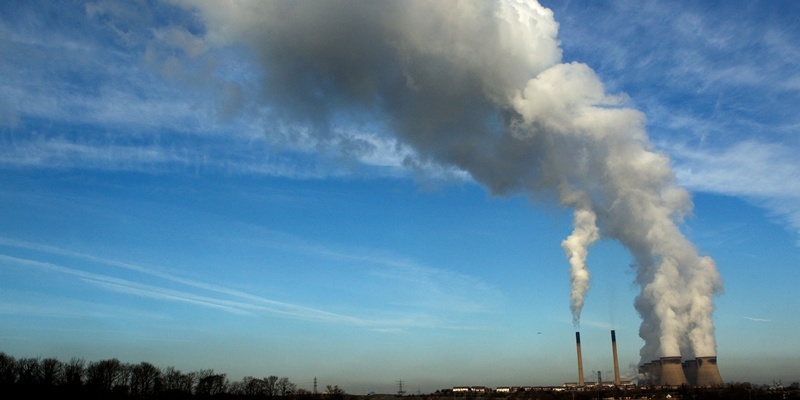A St Andrews academic has been caught up in the row over global warming after claiming Northern Scandinavia has actually been getting colder over the past 2,000 years.
The study by Robert Wilson, a senior lecturer in geography and sustainable development at St Andrews University, also found the Earth was warmer in Roman and medieval times than it is today.
The research has been seized on by climate change sceptics, who claim it disproves claims global warming is man-made.
They say the research is proof fluctuations in the Earth’s temperature are a natural phenomenon, rather than being caused by carbon emissions.
However, Mr Wilson said those arguing the report shows carbon emissions are not responsible for climate change since the start of the 20th century have got it badly wrong.
Mr Wilson is co-author of a study which examined tree rings in fossilised trees from Finnish Lapland dating back to 138 BC.
Although counting the number of rings in a tree trunk is supposed to tell you its age, scientists can extract far more detailed information from them.
Normally, scientists measure the width of trees’ rings to determine annual temperatures.
However, Mr Wilson’s study, carried out in conjunction with the Johannes Gutenberg University in Mainz, Germany, instead measured the density of the rings.
Using this method, they found temperatures in the 11th century and in Roman times were warmer than originally thought and temperatures in Scandinavia have been on a downward trend for 2,000 years.
Some climate change sceptics have leapt on this as proof global warming does not exist, but Mr Wilson said no such conclusion could be drawn from a study which concentrated on one geographic area.
He said it has become ”expected” people on both sides of the climate change argument will seize on certain parts of research to back up their own arguments, ignoring other data does not support their conclusions.
”It can come from both sides and I think there will be a few climatologists on the other side who will find issue with some of our findings,” he said.
However, he made it clear the study does not disprove rising temperatures since the start of the 20th century are down to the actions of humankind.
He said: ”It doesn’t debunk the anthropogenic theory (that man is responsible for climate change). The new thing we found was the longer-term decline in temperatures, but as it is just a regional study, you have to be careful not to take too much from that.”
By measuring variations in temperature from centuries ago, researchers hope to learn more about how the Earth’s climate system works.
Although nobody knows why temperatures were warmer than originally estimated in Roman times by about 0.6C it is thought a drop in volcanic activity made the 11th century warmer as there would have been less volcanic ash in the atmosphere to block the sun’s rays.
”The sceptics will look at these things and say there is no climate change but it is just one study out of many,” said Mr Wilson. ”I still think over last 40 years it has been warmer generally than in medieval times.”
He said while it has been known northern parts of Scandinavia have been getting colder over the past century, areas such as Scotland and the Alps have been getting warmer over the same period.
”Some of the temperatures in Scotland have been really high, so we are trying to do a smaller study here,” said Mr Wilson. ”We will maybe see some results from Scotland in about three years.”
Photo by Stephen Pond/PA Archive
